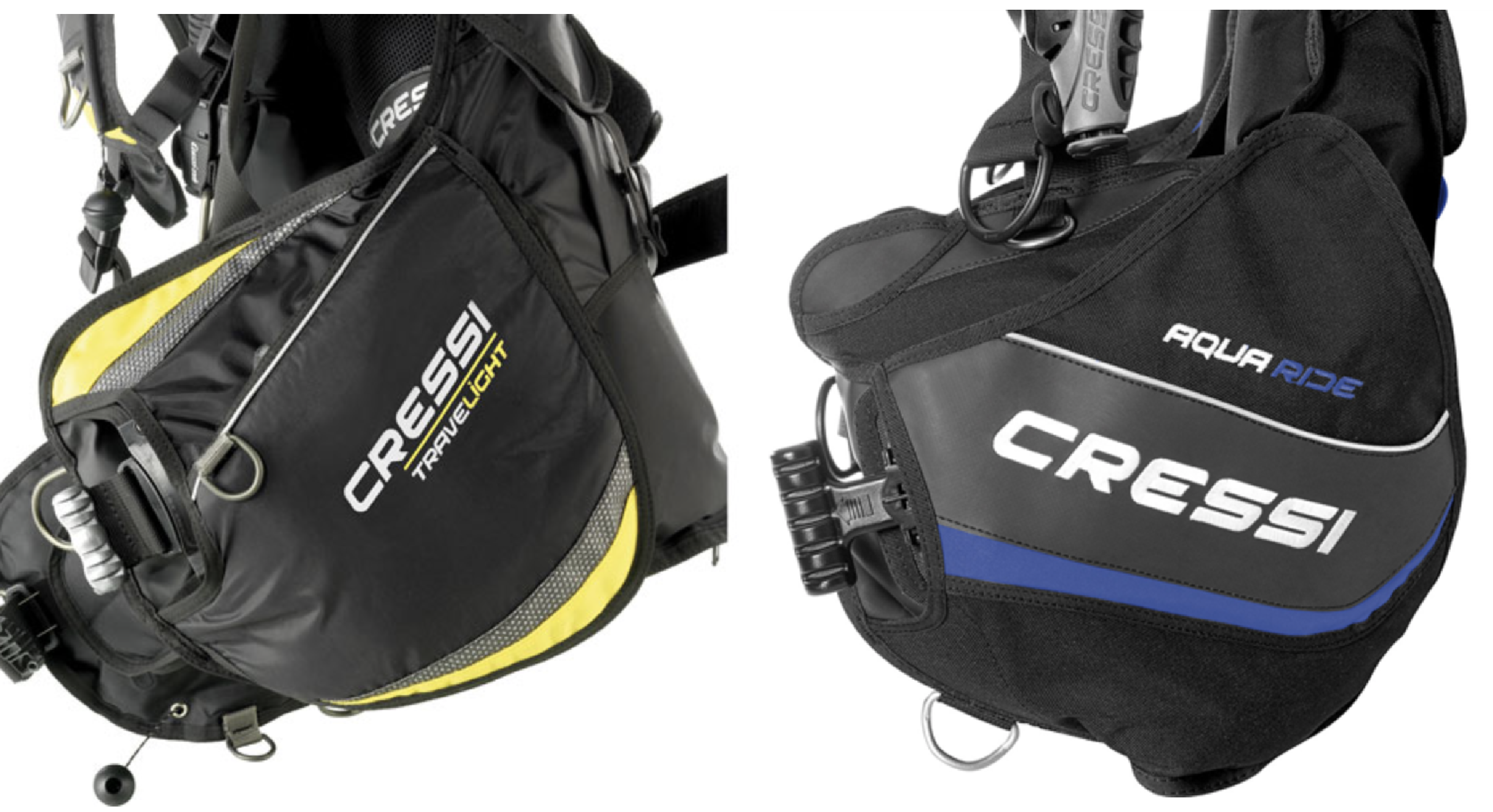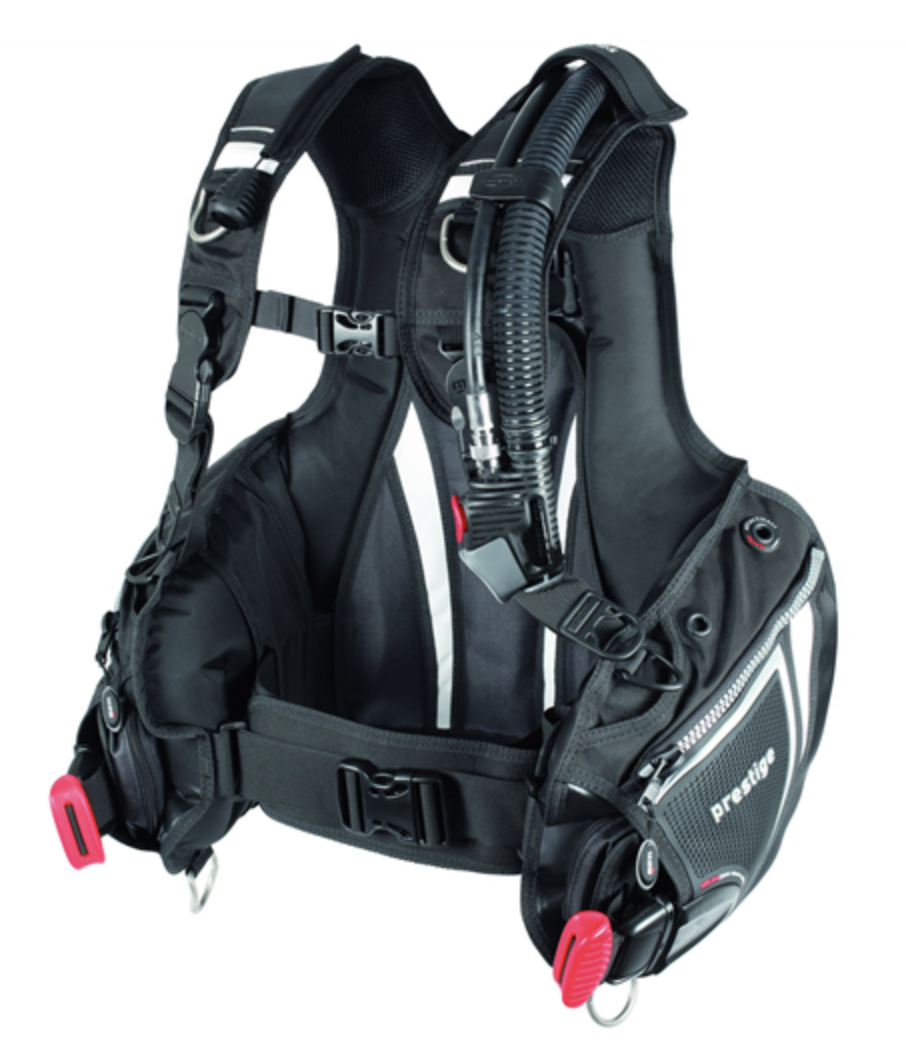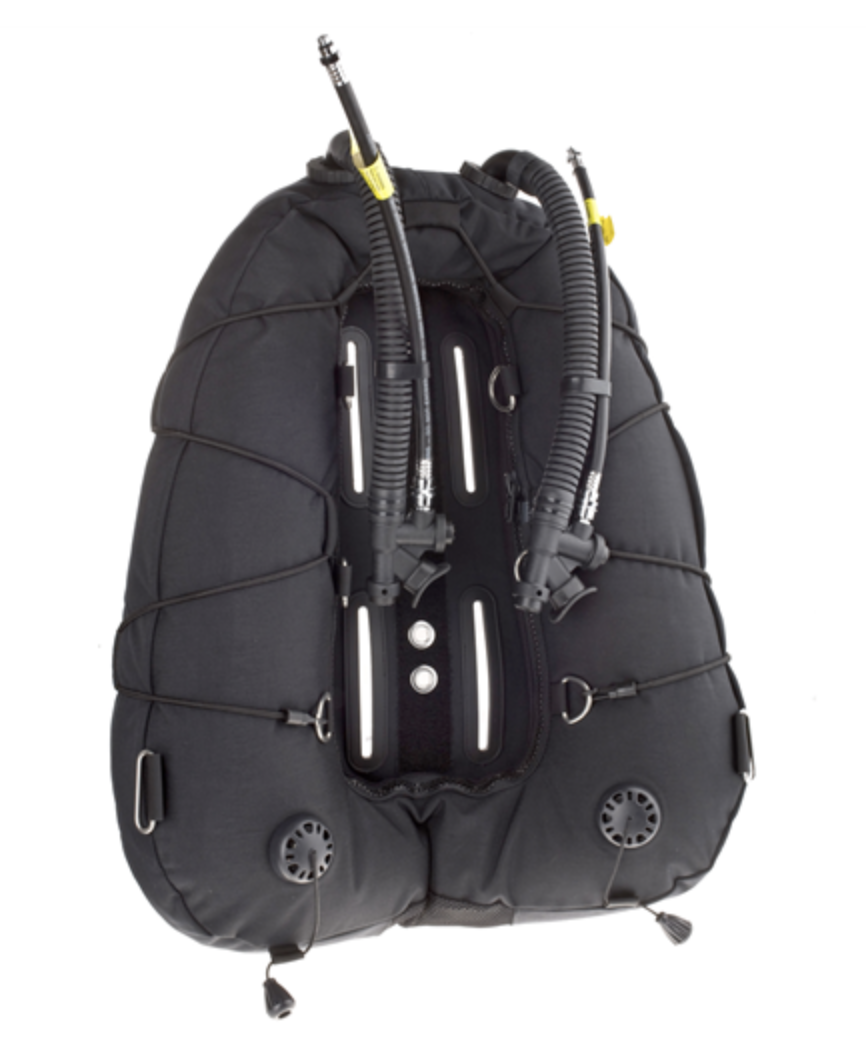Choosing a BCD for a PADI Professional
Whether you purchase it before or after you come a professional diver, having your own equipment is an essential part of working as a Divemaster or Instructor. You have a better chance of getting a job if you have your own equipment, and it's good to have equipment that you could navigate your way around with your eyes shut.
There are a lot of different BCD (buoyancy control device) options out there, so trying to find one that works for you can be confusing! To make matters even more complicated, your BCD needs are different as a working professional diver than they are for a recreational diver, so let's talk about some simple guidelines for picking the right BCD for you.
1. No Travel BCDs
Travel BCDs, such as the Cressi Travelight or Aqualung Zuma, are awesome for recreational divers who don't do a ton of diving every year. They're light, they are space efficient and they dry quickly. But when you're doing 300+ dives a year, need to carry extra weights for your divers and don't always have the best storage conditions? Yeah, not so much. Travel BCDs are light because their materials are thinner, and these are not durable enough to handle the rigors of daily diving. Go for a thicker material and sturdy pockets and you'll find your BCD will have a much longer life.
Travel BCD on the left. See the difference in material?
2. Jacket Style vs Wings
Wing BCDs look awesome, are space efficient and durable, but they're once again a no-no for working as a professional diver. Wings are great underwater if you're just diving for yourself, but since all the flotation is in the back, they tend to push you onto your face when you're on the surface. This isn't a big deal if you're planning on working solely as a guide, but for confined water sessions with Open Water students, you need something that you can lay back easily in and that has big pockets for all the extra weights you need to carry. For teaching, jacket style BCDs are undoubtedly the way to go.
3. It's All About the Lift
When you're picking a BCD, make sure to check what the lift capacity of the BCD is. The more lift, the better, since a lot of times you're going to be diving overweighted and you need to be able to comfortably sit on the surface without struggling to keep your head above water. If you're in between two sizes, like Small and Medium, the bigger size normally has more lift, so as long as it fits you comfortably you'll want to err on the larger end.
Lift comparison chart for an Aqualung Soul i3 BCD - aqualung.com
4. Never Underestimate the In-Person Experience
Listen, we love Leisurepro as much as the next person, if not more. They're amazing - they have a ton of options, they have good customer service and they have some killer deals! Since we already know what to look for after years in the industry working with different brands, Leisurepro is a very easy experience for us.
However, as much as we like a good deal, we also understand that when it comes to scuba equipment, talking to a professional in person and trying on equipment is incredibly valuable, especially when you are new to the business. Try things on, see how they fit. Get the professionals' advice, pick their brains. Is your BCD easily serviceable in the area that you're planning to work? How does it fold up? Would they personally recommend it? Why or why not?
Saaya's Personal Recess: From personal experience, I went to a California dive shop with a specific BCD in mind after looking on Leisurepro, and I left with the Zeagle Stiletto after trying it on and realizing it was the perfect fit for me. That BCD and I went all over the world together for 6 years and I genuinely believe there will never be another BCD for me. After it died, I felt actual heartache. Heartache, I tell you!
So there we have it, 4 basic guidelines when it comes to picking the right BCD for your foray into the professional world of scuba diving. Hopefully we'll see you all on the other side as professional divers!




